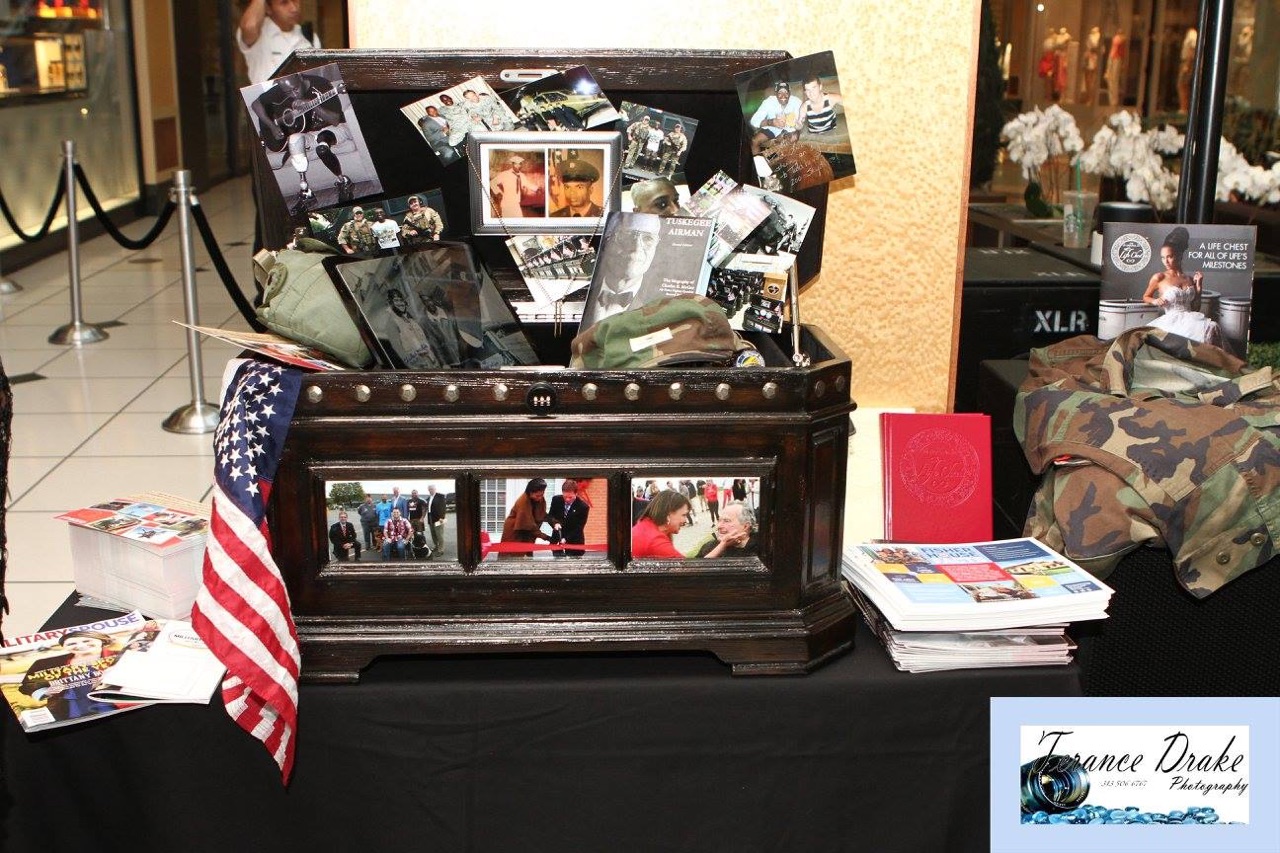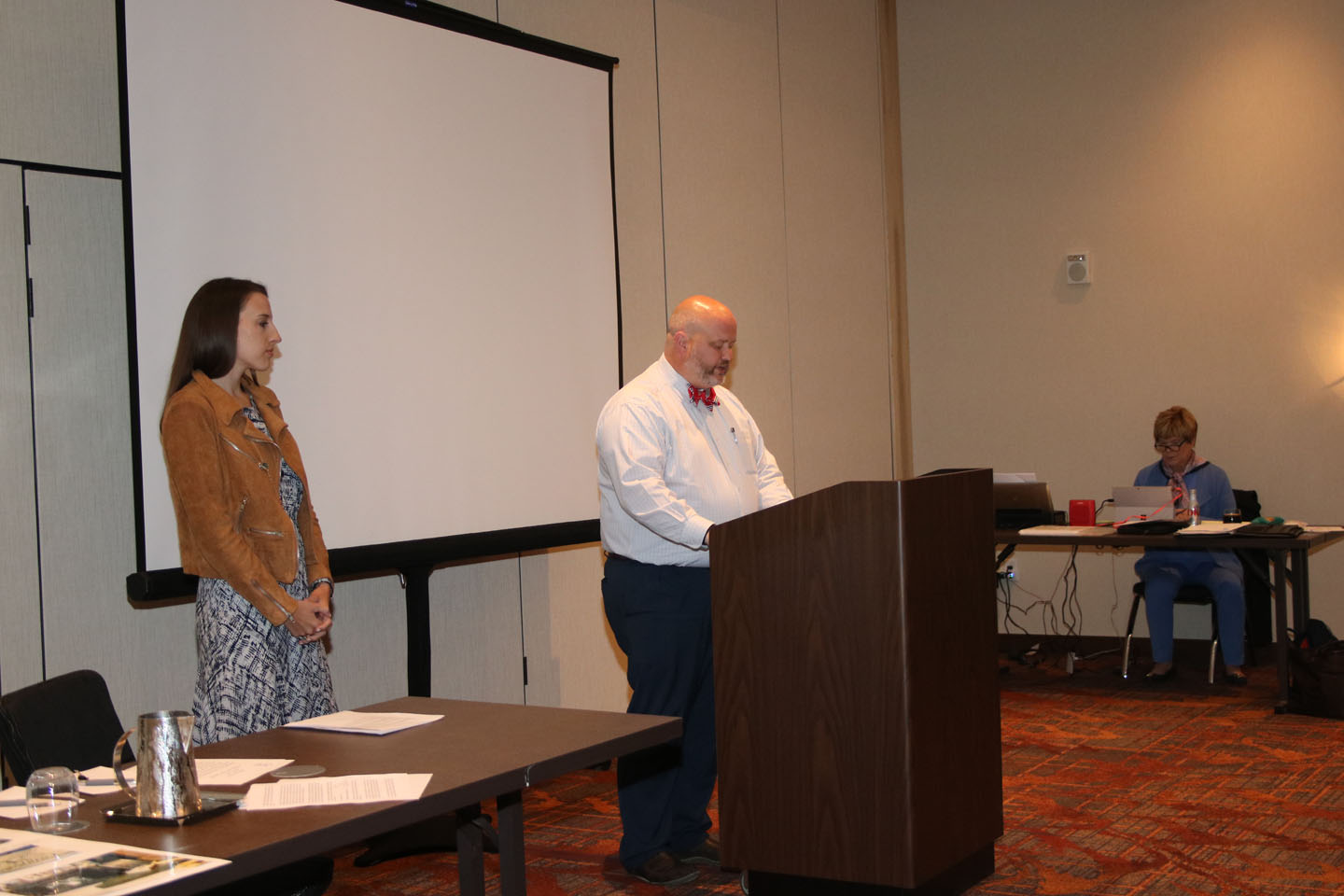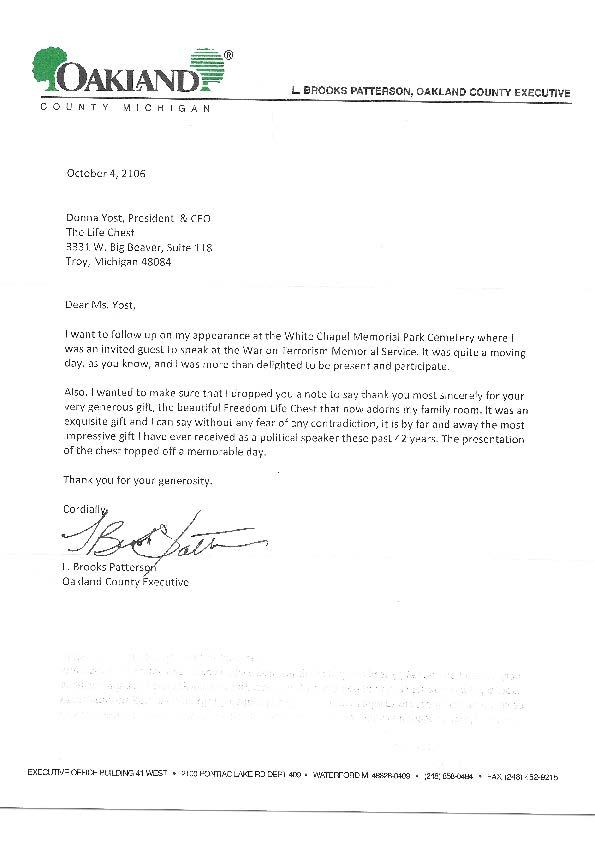Post-traumatic stress disorder (PTSD) is a mental health condition that is commonly misunderstood and underestimated by the VA. To better serve our disabled vets, the veterans advocates at Hill & Ponton have put together a comprehensive PTSD Guide to help them through the VA disability claims process and receive the best compensation outcome possible.
Part 1: What is PTSD?
The Diagnostic and Statistical Manual of Mental Disorders, Fifth Edition (DSM-V) classifies PTSD as a trauma and stressor-related disorder. PTSD is described by the DSM-V as “re-experiencing an extremely traumatic event (called the stressor), usually accompanied by increased arousal, nightmares, flashbacks, and difficulty sleeping, concentrating, and remembering.
PTSD is diagnosed based on criteria that look at different types of symptoms. There are four different groups of symptoms that PTSD diagnostic criteria take into account. These four groups, and examples of each, include:
Intrusion Symptoms: nightmares related to the traumatic event, flashbacks, intrusive thoughts or memories, psychological and physical reactivity to reminders of the traumatic event.
Avoidance Symptoms: avoiding situations that remind you of the traumatic event, avoiding thoughts or feelings connected to the traumatic event.
Negative Changes in Cognitions & Mood: memory problems, negative thoughts/beliefs about one’s self or others, severe emotions related to the trauma such as shame or sadness, reduced interest in activities enjoyed prior to the traumatic event, feeling detached, isolated, or disconnected from others.
Changes in Arousal & Reactivity: feeling jittery or always on alert, and an easy startle response.
Part 2: Getting PTSD Service-Connected
There are three elements to establishing service connection for PTSD. First, there must be a current diagnosis of PTSD from an expert the VA deems competent to diagnose PTSD. Second, there must be credible evidence showing that the claimed in-service stressor actually occurred. Third, there must be medical evidence showing a causal relationship (nexus) between the current symptoms/PTSD diagnosis and the in-service stressor. Let’s take a closer look at each of these elements:
Current Diagnosis: According to the VA, a current diagnosis of PTSD must be made by “professionals qualified to perform PTSD Compensation and Pension examinations (C&P exams).” Qualified professionals are those who have doctoral-level training in psychopathology, diagnostic methods, and clinical interview methods. They must also have a working knowledge of the DSM-V and extensive clinical experience the diagnosis and treatment of veterans with PTSD. Examples of qualified professionals include board-certified psychiatrists and licensed psychologists, as well as psychiatric residents and psychology interns (if under close supervision of an attending psychiatrist or psychologist). In addition to the requirement of having a qualified professional diagnosis you with PTSD, that diagnosis must conform to the DSM-V criteria.
In-Service Stressor: Proving the occurrence of an in-service stressor is oftentimes the most complicated part of getting PTSD service connected. There are many special rules on how veterans can prove that their claimed in-service stressor did in fact happen. For example, there are different rules for proving an in-service stressor based on fear of hostile military or terrorist activity, veterans who were engaged in combat, and veterans that suffered an in-service personal assault or trauma (including military sexual trauma).
Nexus: This is evidence that shows the in-service stressor is the cause of the veteran’s PTSD. Think of the nexus as a link between the current PTSD diagnosis and the traumatic event that occurred during service. This element requires an opinion from a medical expert. The medical expert should explain how the veteran’s symptoms are the result of their in-service stressor. A medical expert becomes even more important when a veteran has multiple stressors. Their opinion can explain specifically how the veteran’s in-service stressor is the reason for their PTSD symptoms versus any stressors that may have occurred outside of service.
Part 3: Compensation & Pension Exams for PTSD
Whenever a veteran files a claim for PTSD, the VA will require the veteran undergo a Compensation and Pension Examination (C&P exam) in order to verify the PTSD diagnosis, assess the severity of symptoms, and determine whether the condition is related to service. It is important for veterans to be as honest and forthright with the C&P examiner as possible. Because of the weight the VA places on C&P exams it is also important to be prepared for the exam. The following are tips for getting the most out of a PTSD C&P exam:
Bring a written list of symptoms that can help refresh your memory during the exam.
If one of your treating medical providers has provided a favorable opinion related to your PTSD, it doesn’t hurt to bring this with you and give it to the C&P examiner for consideration.
Bring written statements from family or friends that have observed how PTSD affects your life. For example, a statement from a spouse describing anger problems and difficulty dealing with authority.
Part 4: How the VA Rates PTSD
Once a veteran receives service connection for their PTSD, the VA will assign a rating. This rating represents the average impairment in earning capacity resulting from the veteran’s PTSD symptoms. PTSD is rated under the criteria set forth in the General Rating Formula for Mental Disorders, which can be found here. PTSD can be rated at 0, 10, 30, 50, 70, or 100% disabling. VA regulations provide that “where there is a question as to which of two evaluations shall be applied; the higher evaluation will be assigned if the disability picture more nearly approximates the criteria for that rating. Otherwise, the lower rating will be assigned.”
When evaluating the severity of a veteran’s PTSD, the VA will consider symptoms including, but not limited to, the following:
Impairment in thought processes or communication
Grossly inappropriate behavior
Persistent danger of hurting self or others
Suicidal ideation
Intermittent inability to perform activities of daily living
Memory loss
Panic and or depression that affects the veteran’s ability to function
Impaired impulse control
Chronic sleep impairment
Decreased work efficiency
The VA should assign a rating based on all of the evidence in the veteran’s record. During its evaluation, the VA must consider the following:
The frequency, severity, and duration of the veteran’s psychiatric symptoms
The length of remissions between symptoms
The veteran’s capacity for adjustment during periods of remissions
Additionally, the purpose of VA disability benefits is to compensate veterans for impairment in earning capacity. Therefore, it is important to emphasize how PTSD symptoms affect a veteran’s ability to work and maintain gainful employment. Making sure there is evidence of how PTSD symptoms affect a veteran’s ability to work is important because the VA must assign a rating percentage based on social and occupational impairment.
Part 5: Total Disability Based on Individual Unemployability & PTSD
The ultimate goal for many veterans is to get a 100% disability rating. Even if a veteran’s PTSD symptoms don’t meet the rating criteria, it is still possible to get to a 100% rating another way: total disability based on individual unemployability (TDIU). According to the Code of Federal Regulations, a total disability rating (100%) may be assigned “if a person who fails to meet the schedular rating is, nevertheless, unable to obtain and maintain a substantially gainful occupation.”
As explained above, it’s important to have evidence showing the level of occupational impairment due to PTSD symptoms. This is especially important when trying to get TDIU. Make sure the VA has evidence of how PTSD symptoms affect a veteran’s ability to find a job, and how those symptoms impact their ability to keep a job. Do so by providing medical opinions, buddy statements, and treatment records discussing things such as:
Difficulty concentrating
Memory problems
Difficulty interacting with others
Trouble with authoritative figures
Anxiety
Difficulty adapting to stressful circumstances
Inability to maintain and establish effective relationships
Impaired impulse control, such as unprovoked anger
Inappropriate behavior
Part 6: After the VA Decision
The VA will issue a rating decision (RD) either granting or denying a veteran’s claim. If the veteran disagrees with the VA’s decision, they have 1 year from the date on the letter notifying the veteran of the VA’s decision to file their appeal. This is done by submitting a notice of disagreement (NOD) using the VA Form 21-0958.
If a veteran was denied service connection for PTSD, they should look closely at the RD to determine what element was missing. For example, did the C&P examiner say there wasn’t a diagnosis of PTSD? In that case, getting an opinion from a different doctor may prove extremely valuable. If the VA granted service connection, it is still important to look closely at their decision. Oftentimes the VA makes a mistake assigning the rating and/or the effective date. Again, this is a situation where getting a medical opinion is extremely helpful to show the VA that a higher rating, or earlier effective date, is necessary.
This post was contributed by Hill & Ponton, PA, a law firm specializing in veterans disability. The information within the article comes from their PTSD Guide. To see the complete guide, please visit their website: www.hillandponton.com.

















